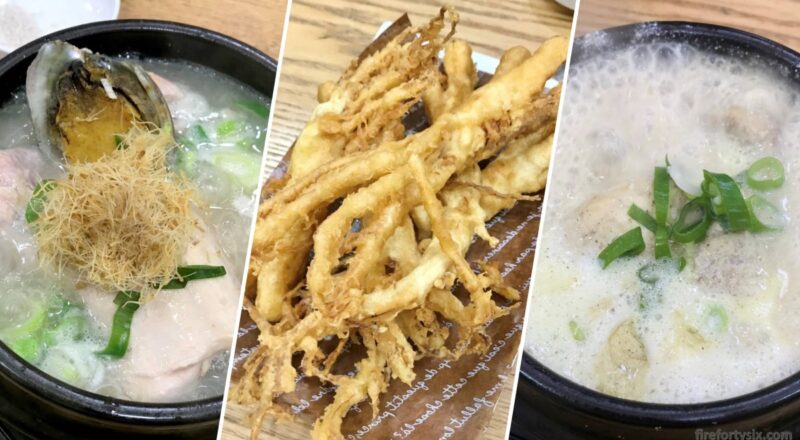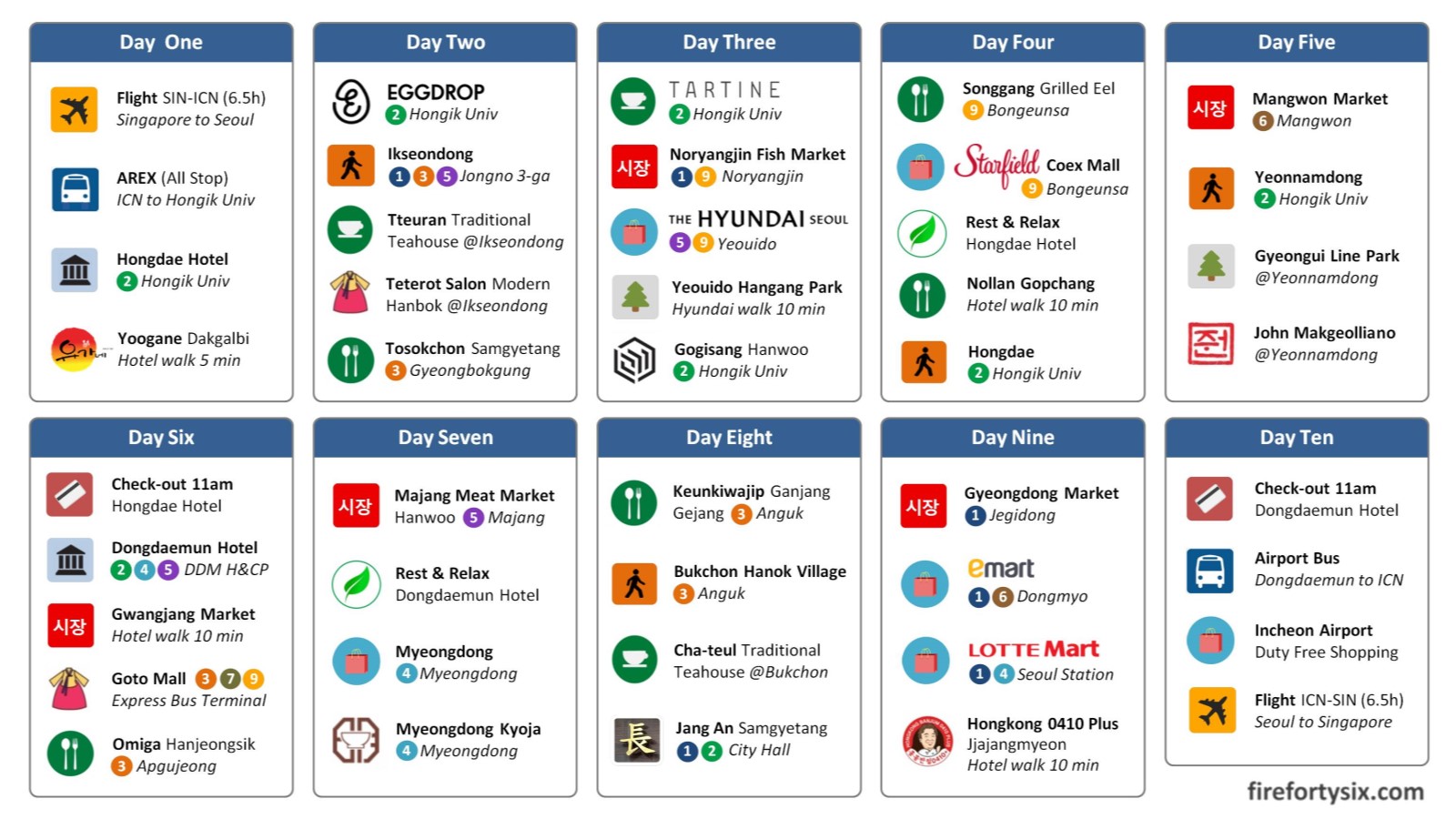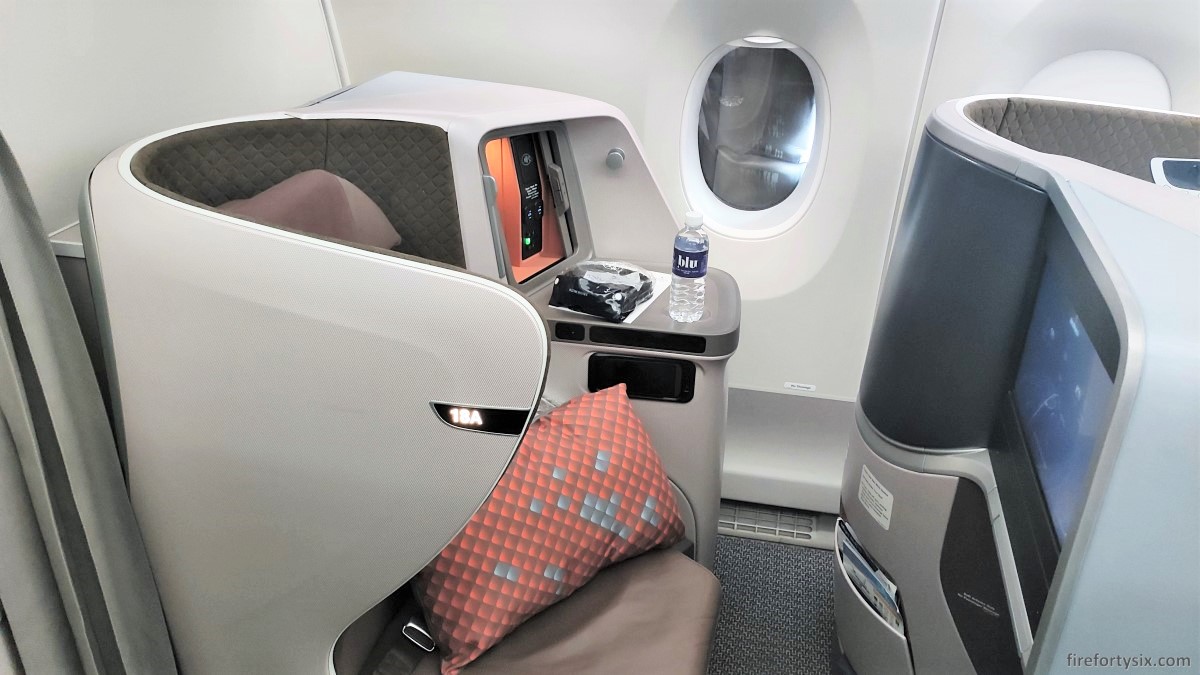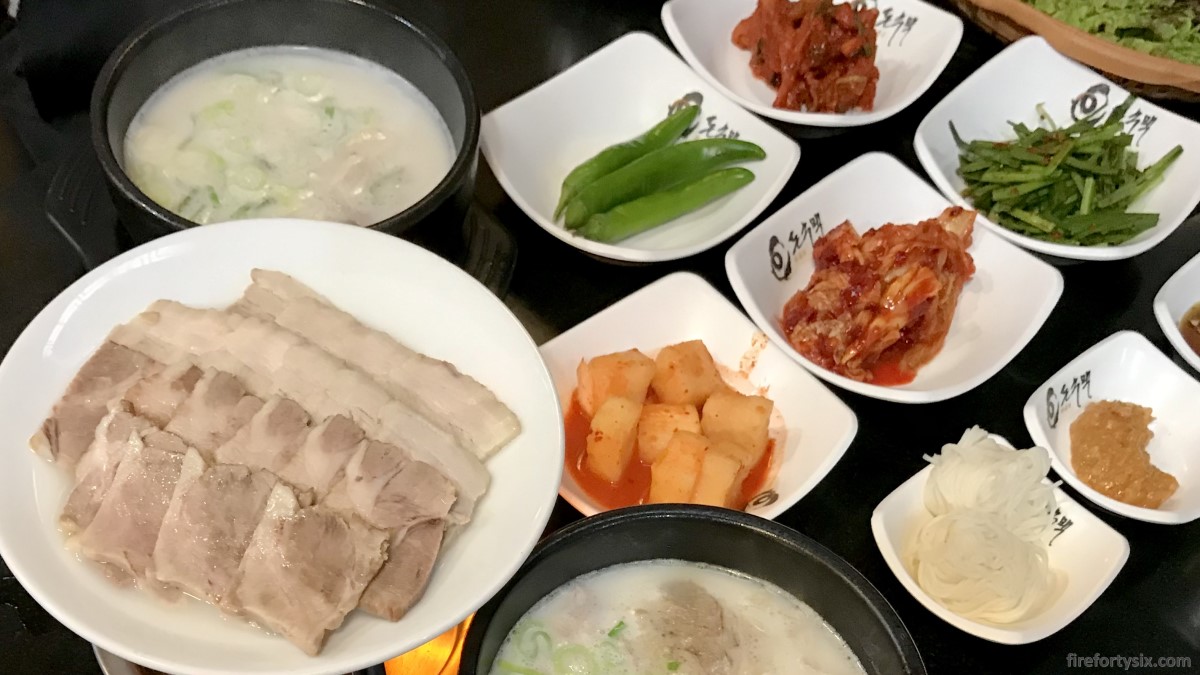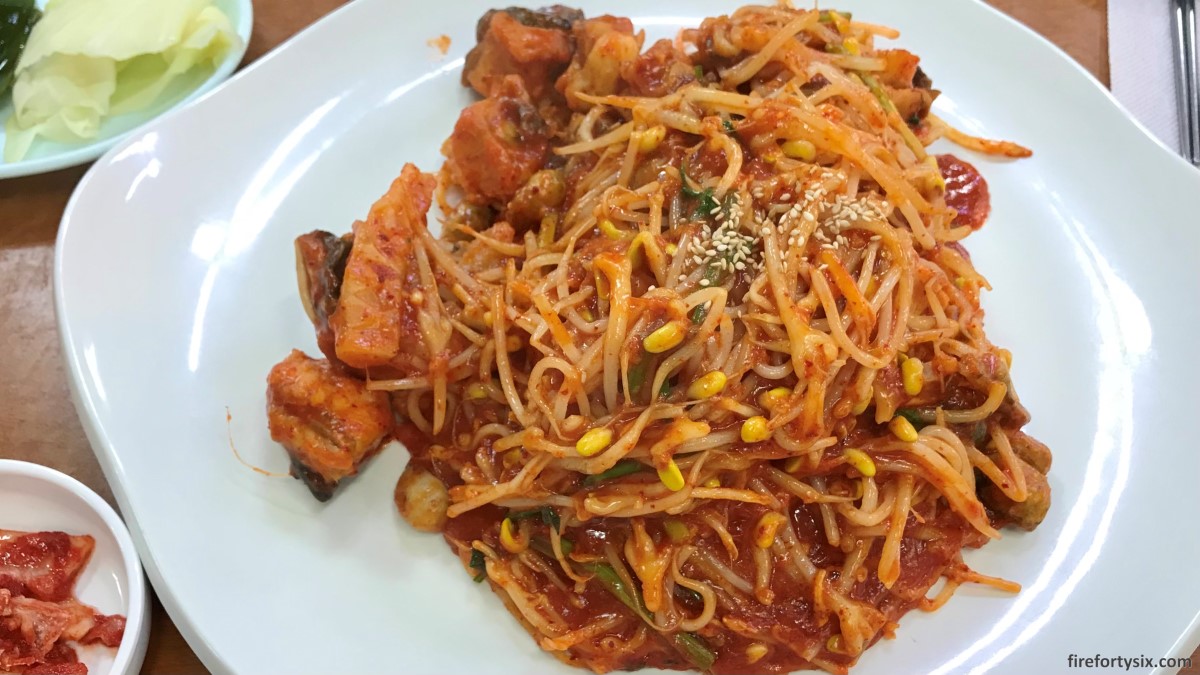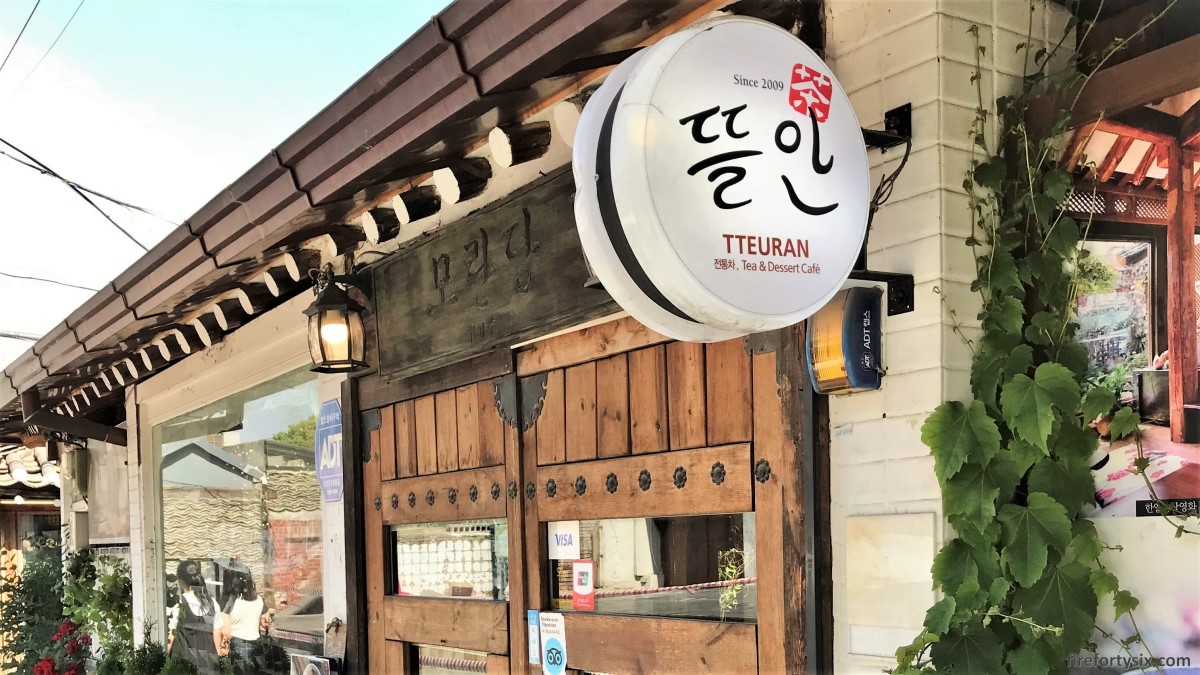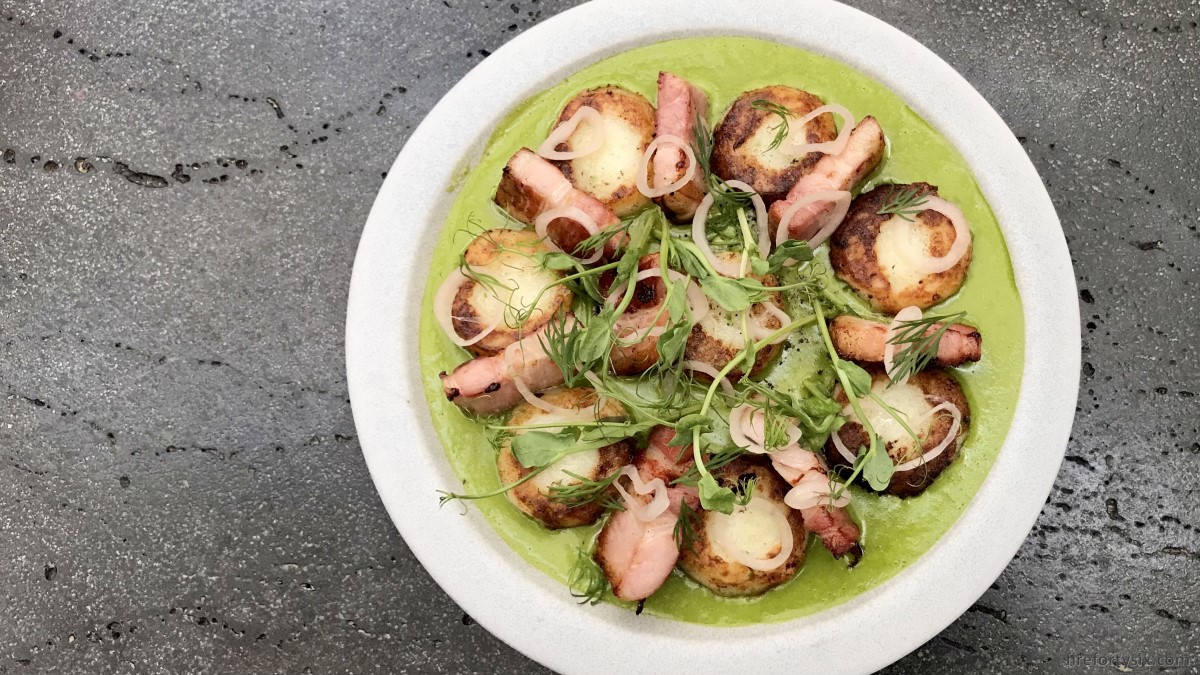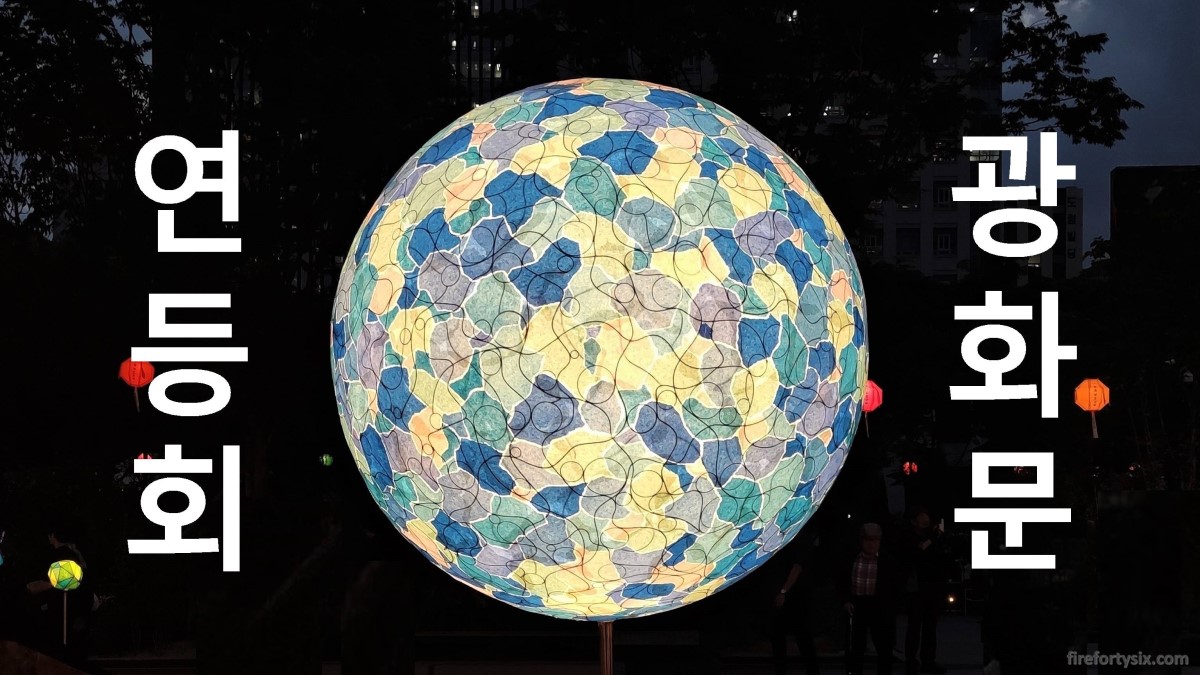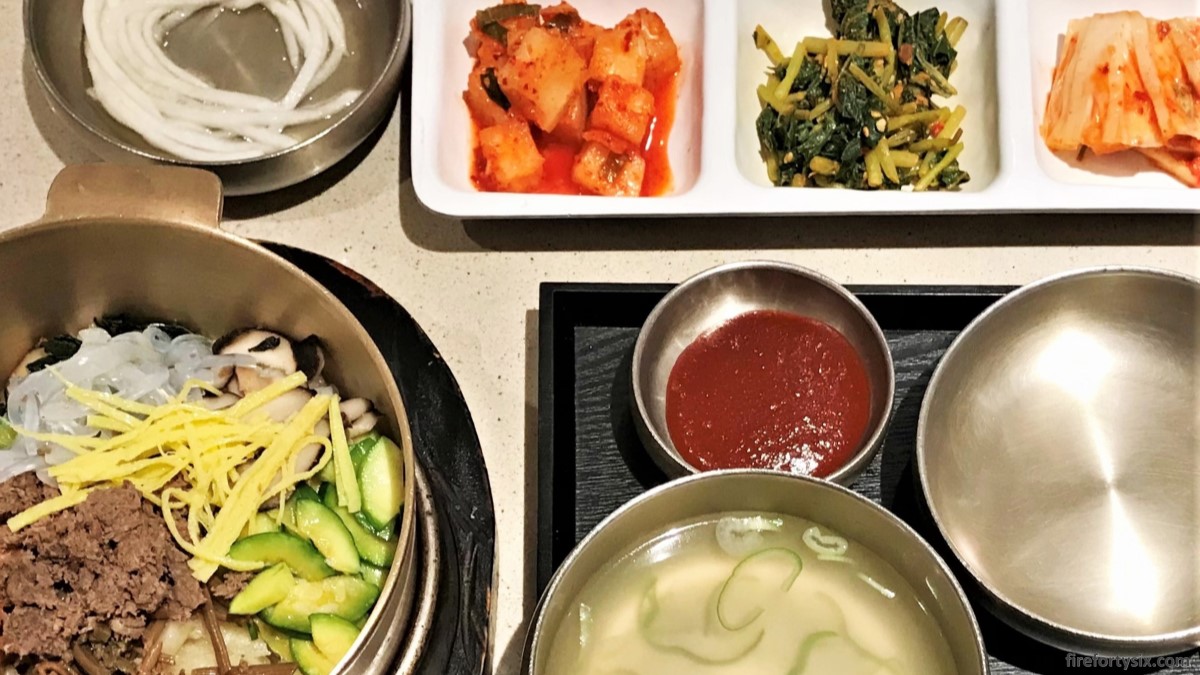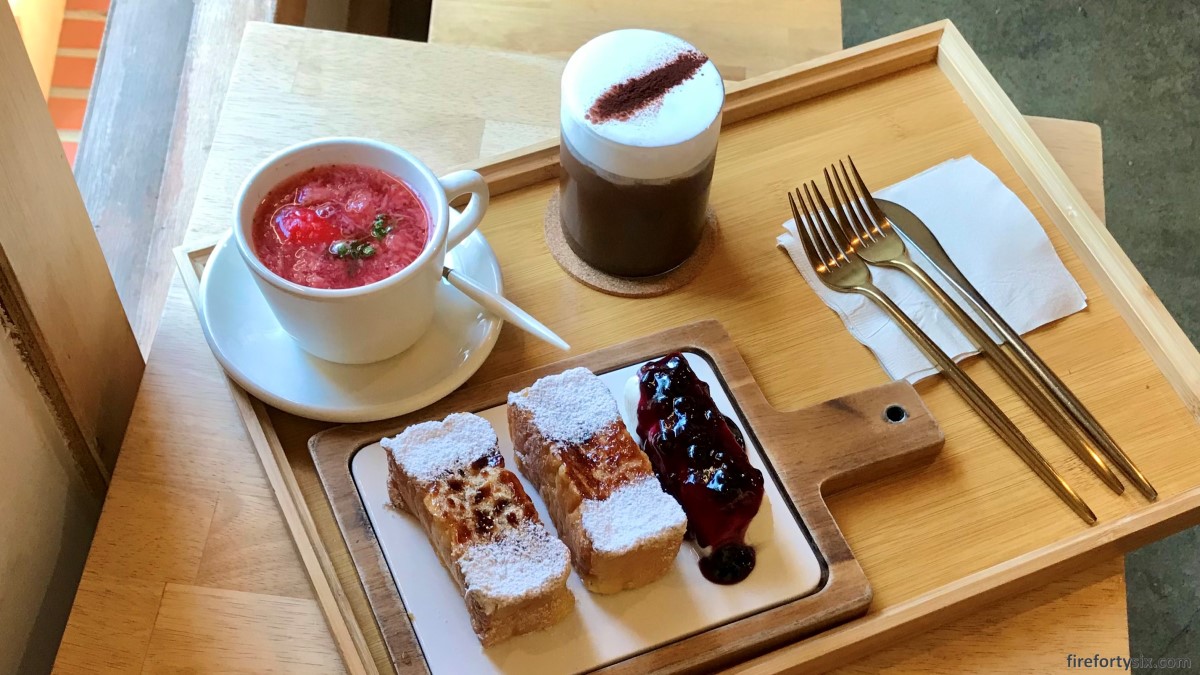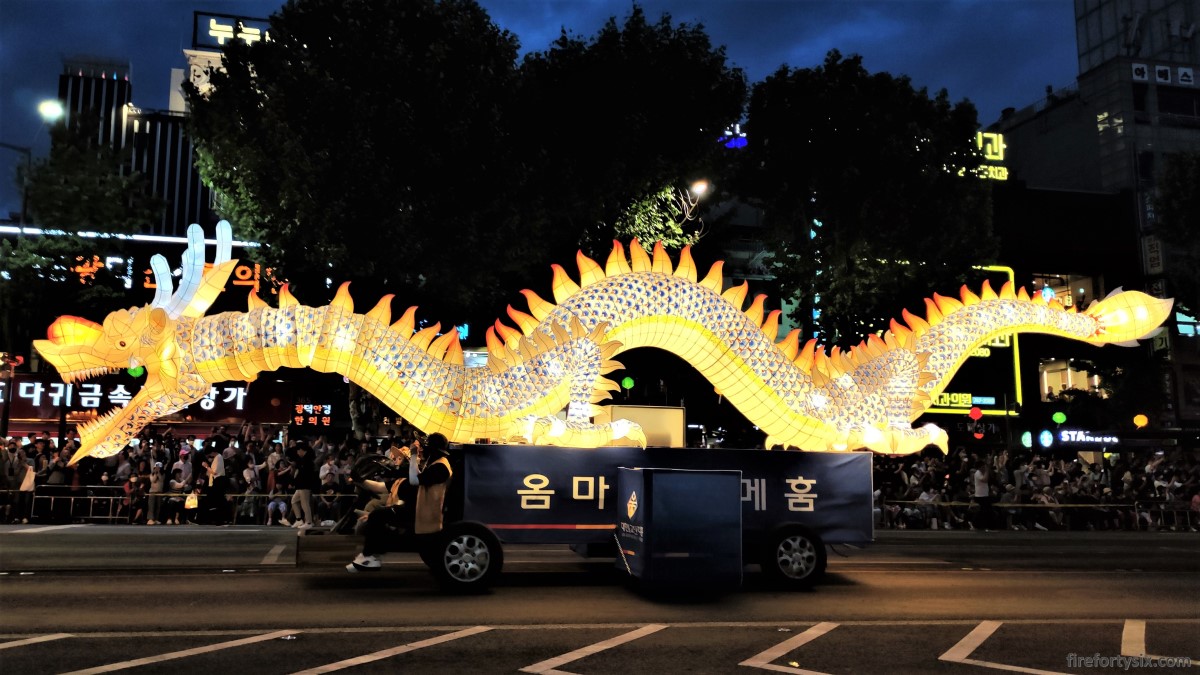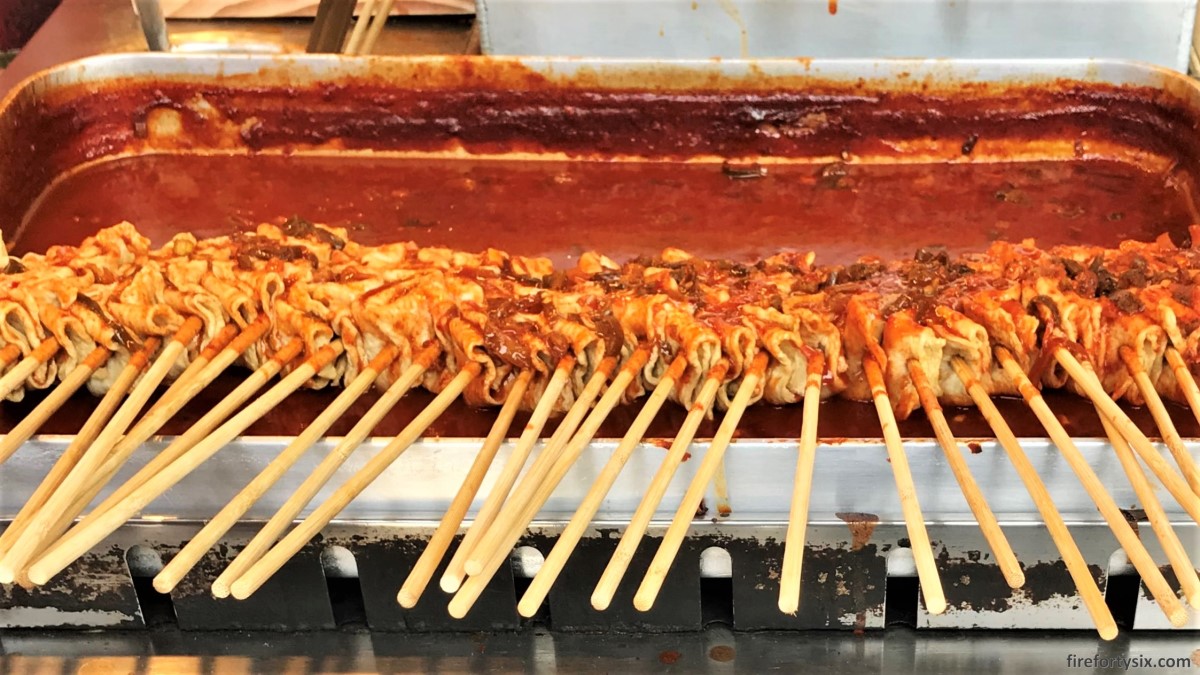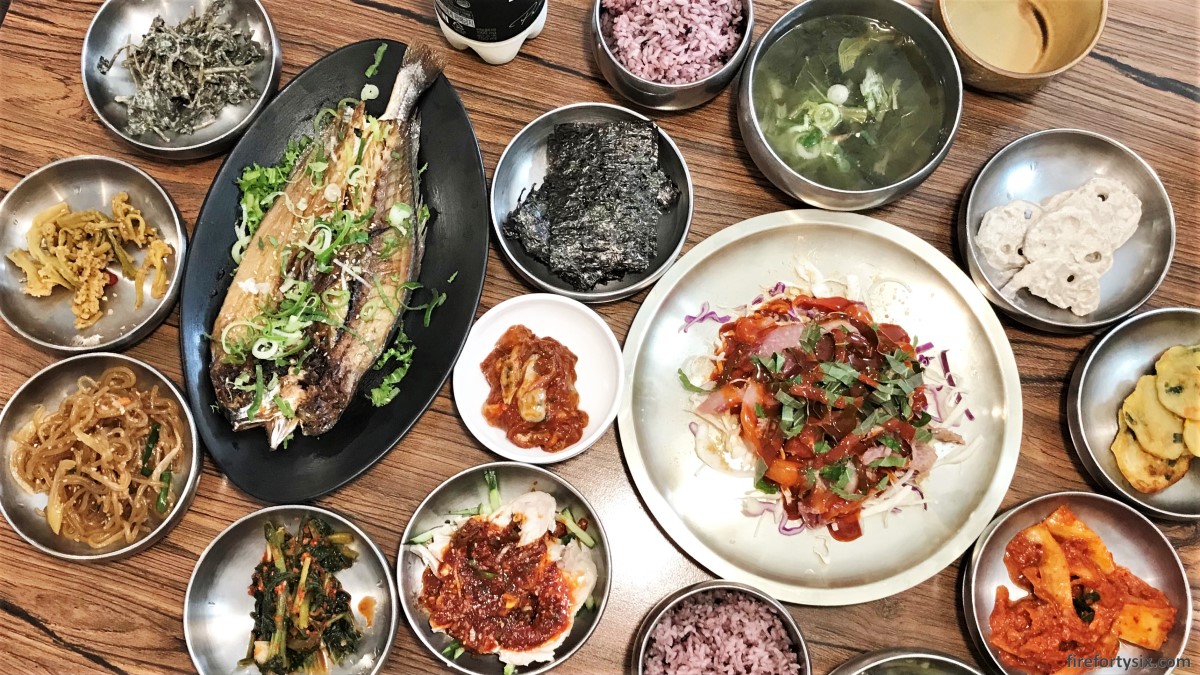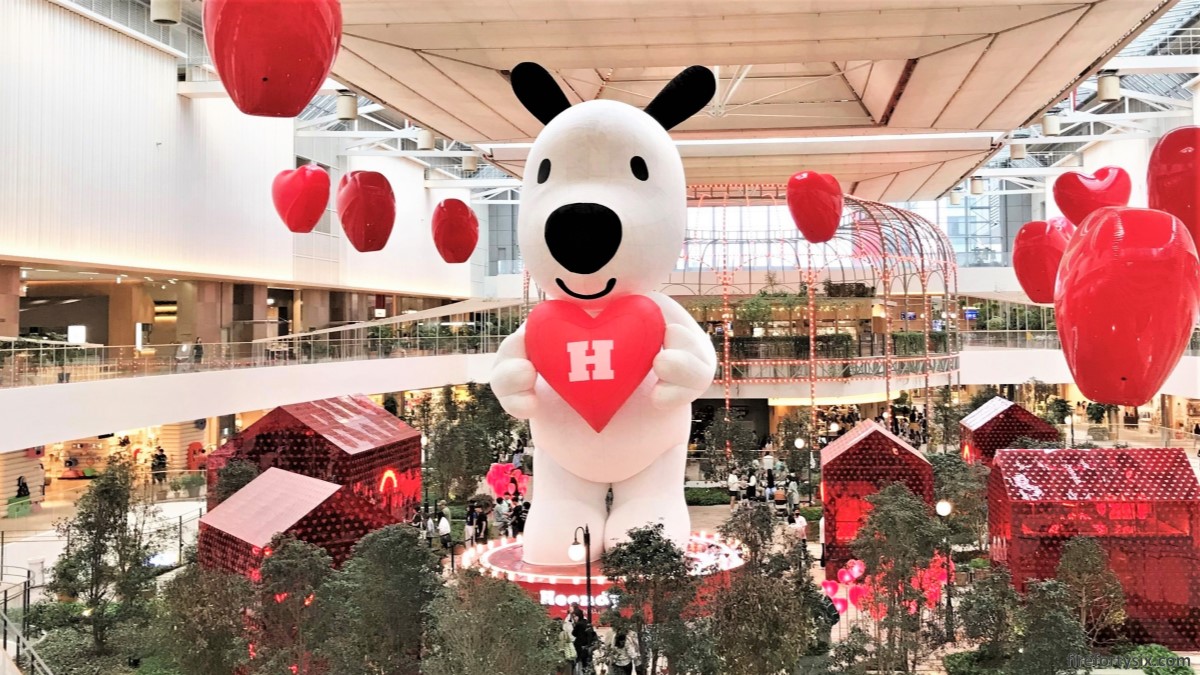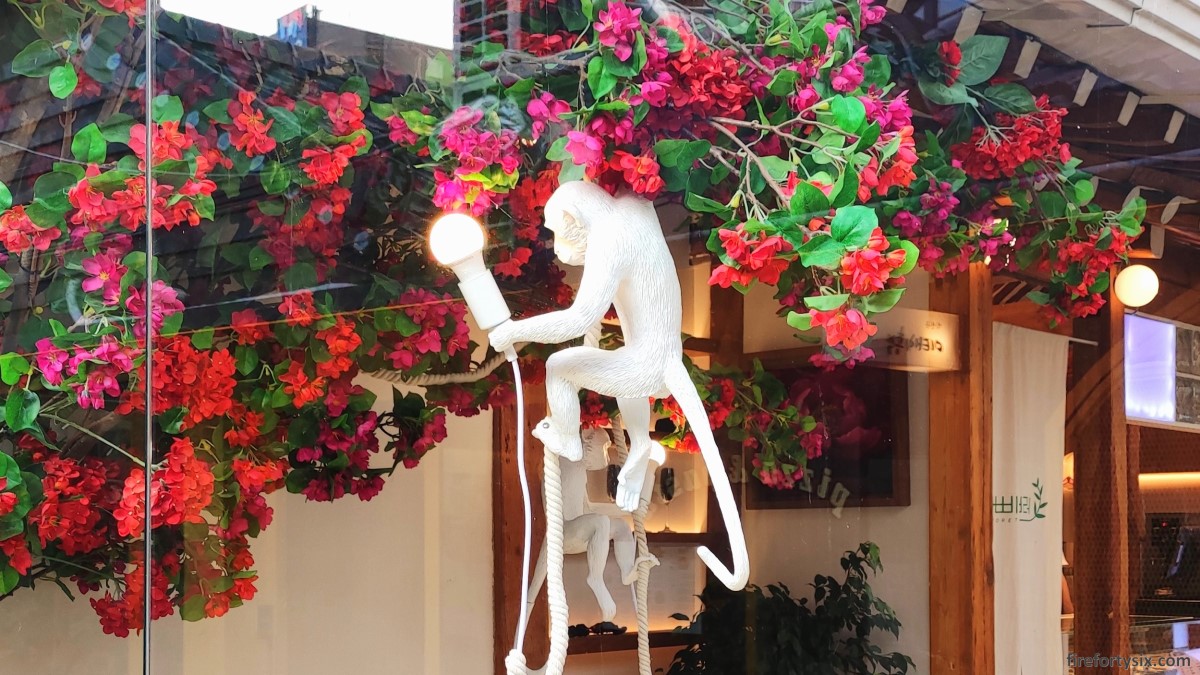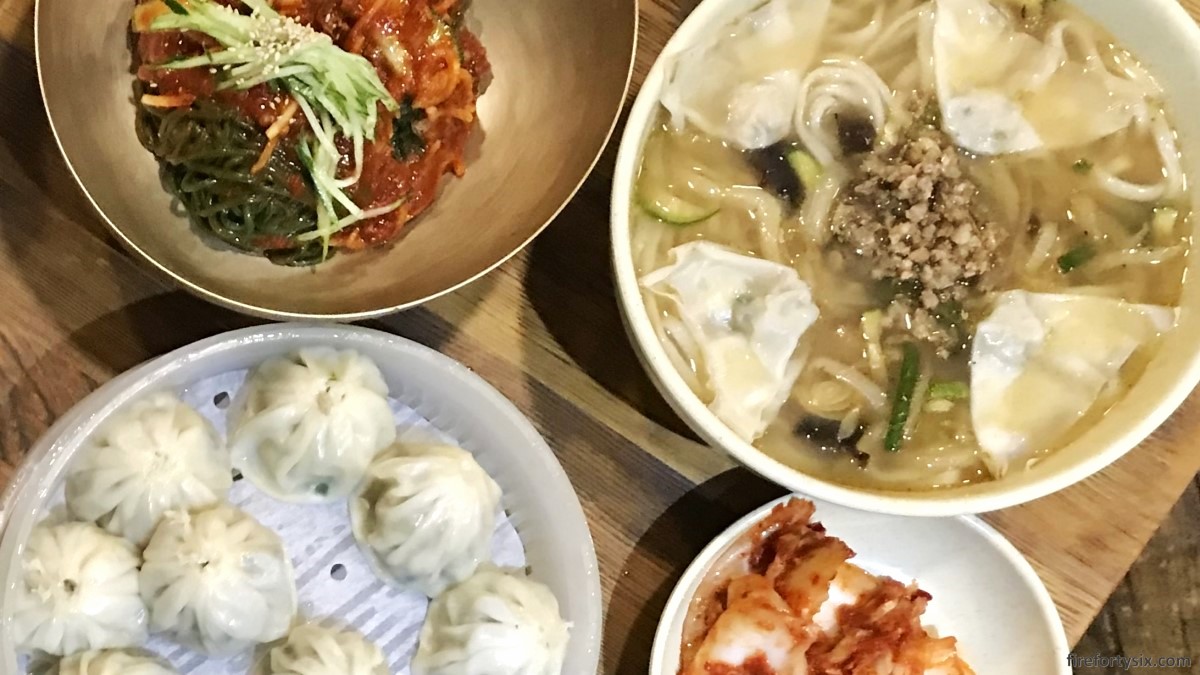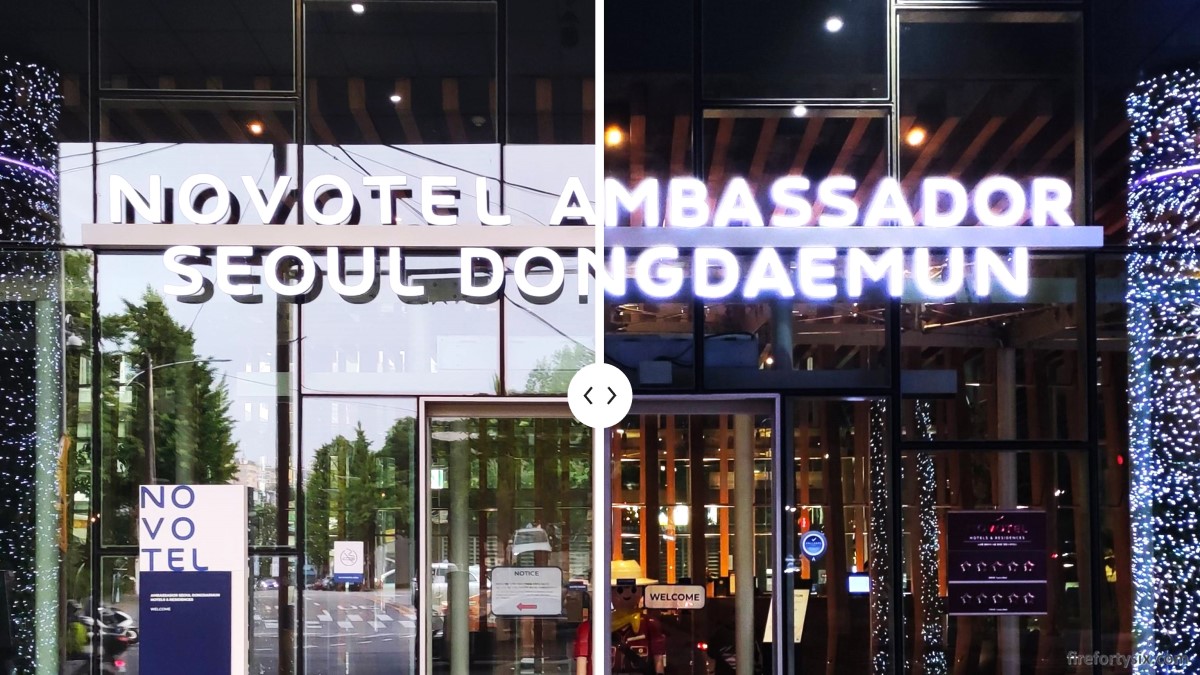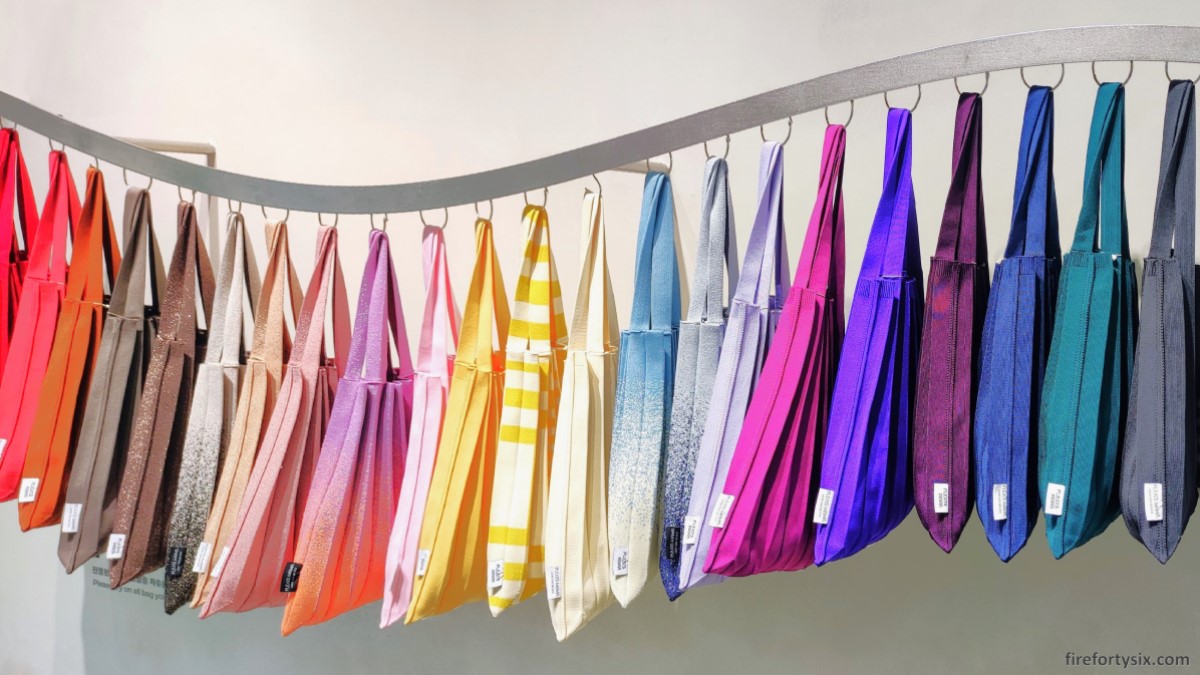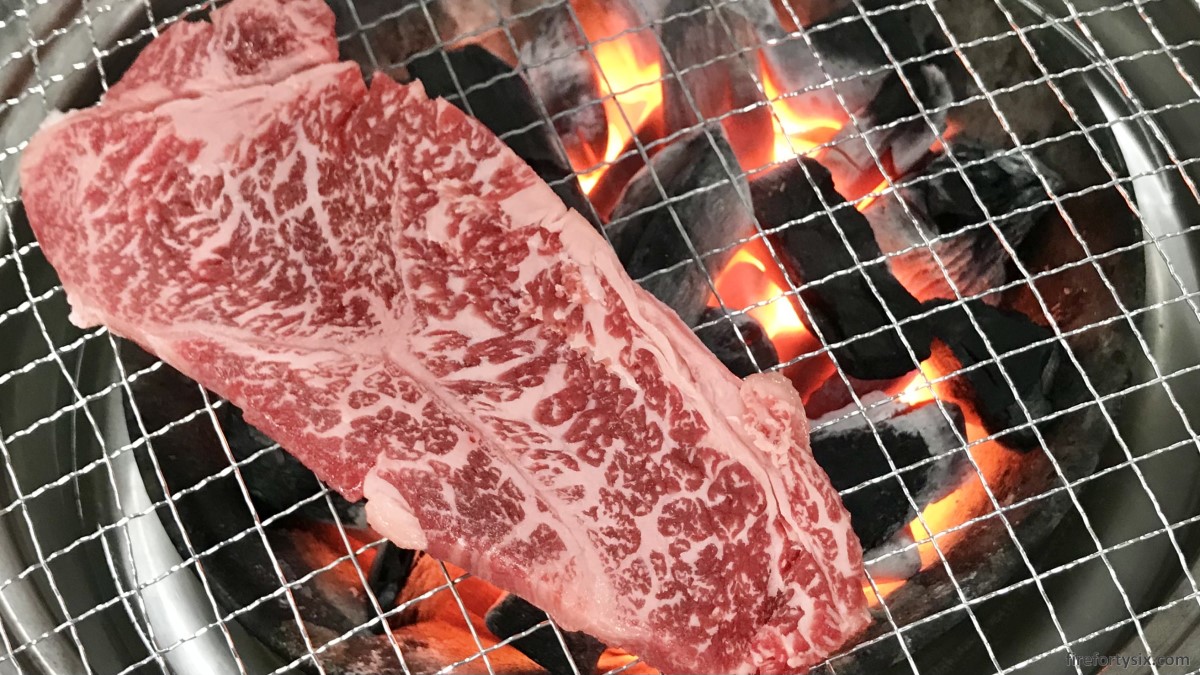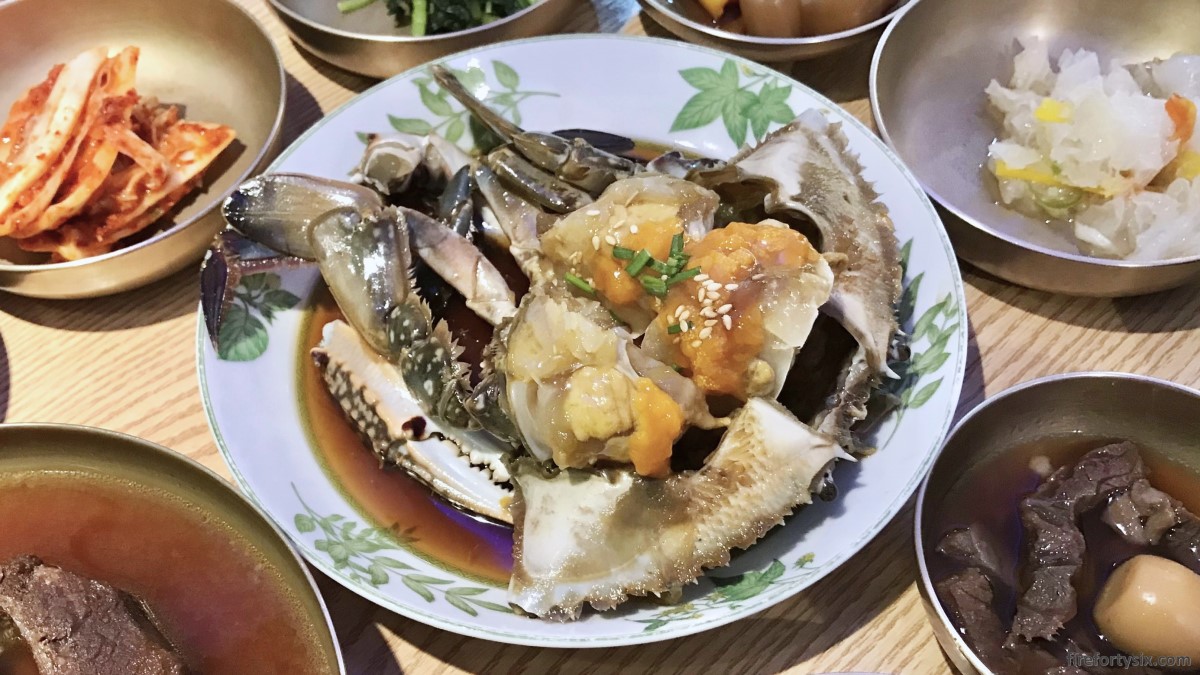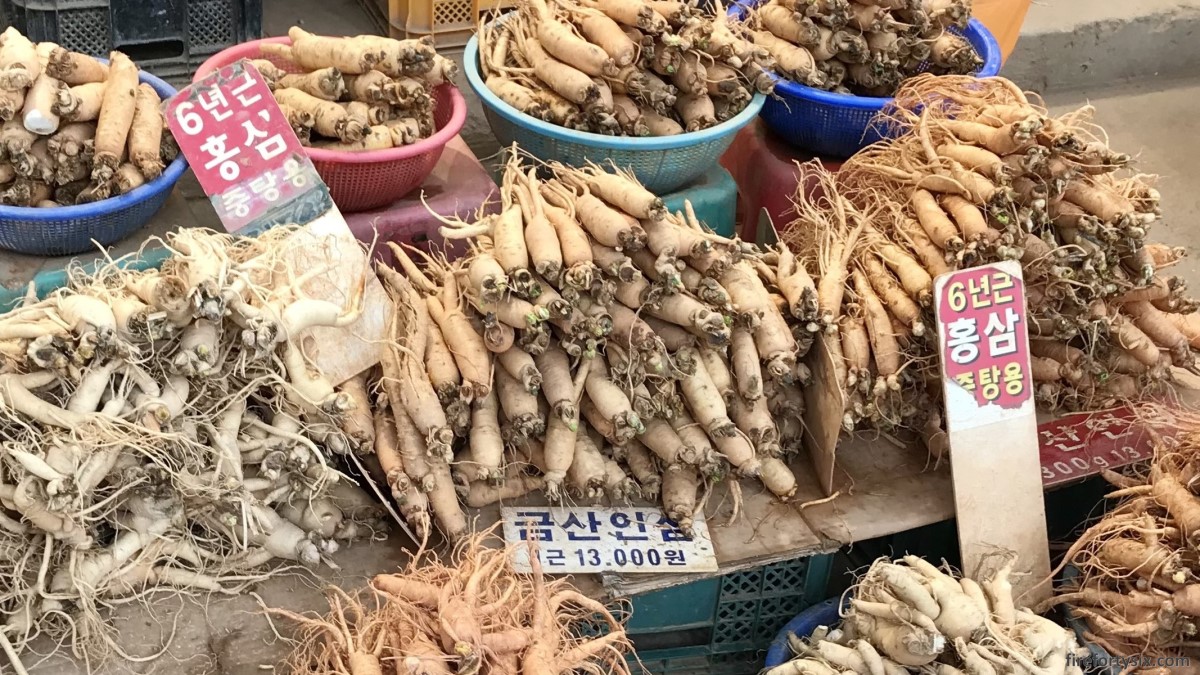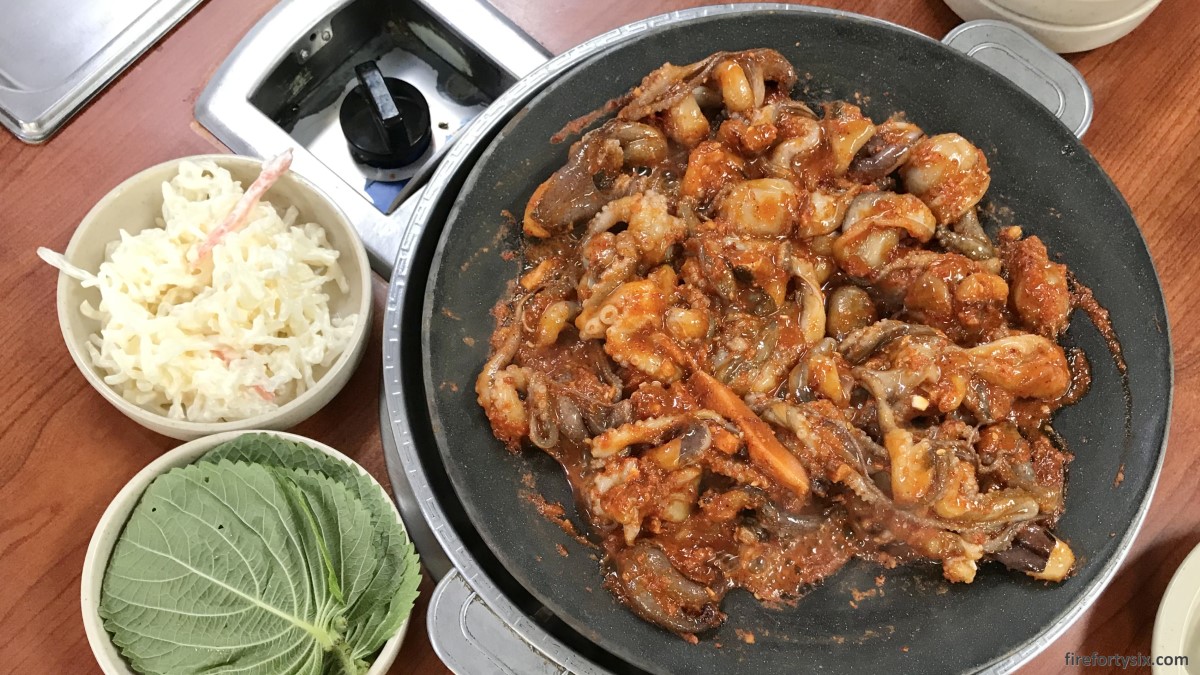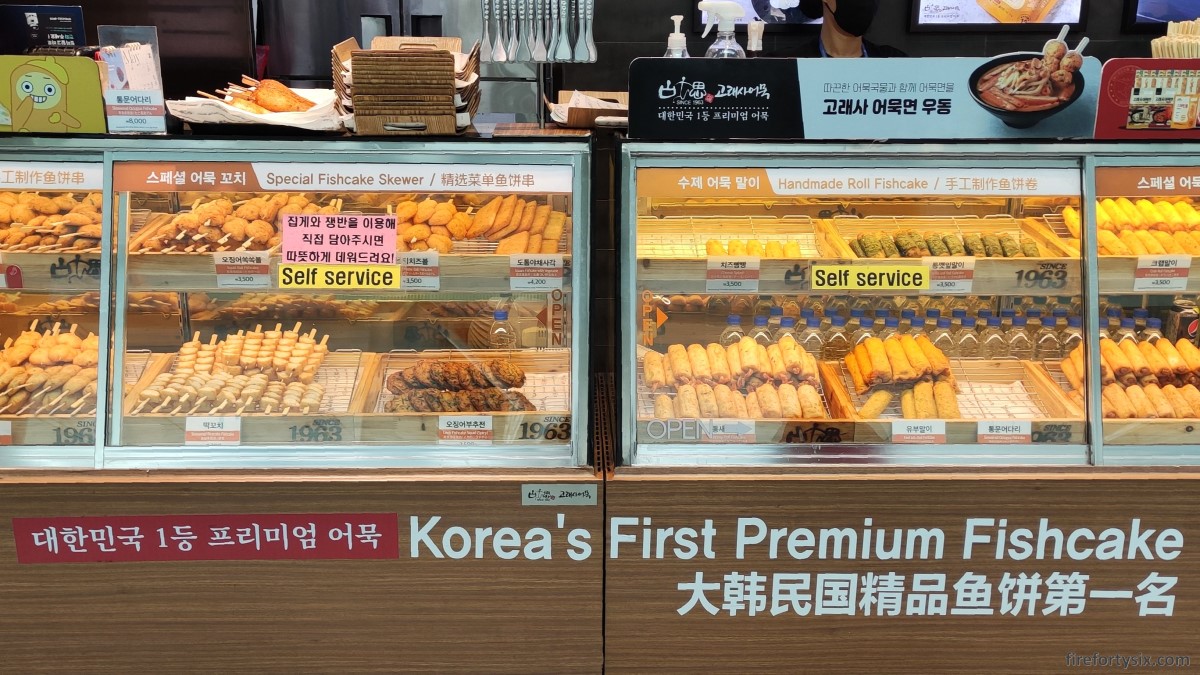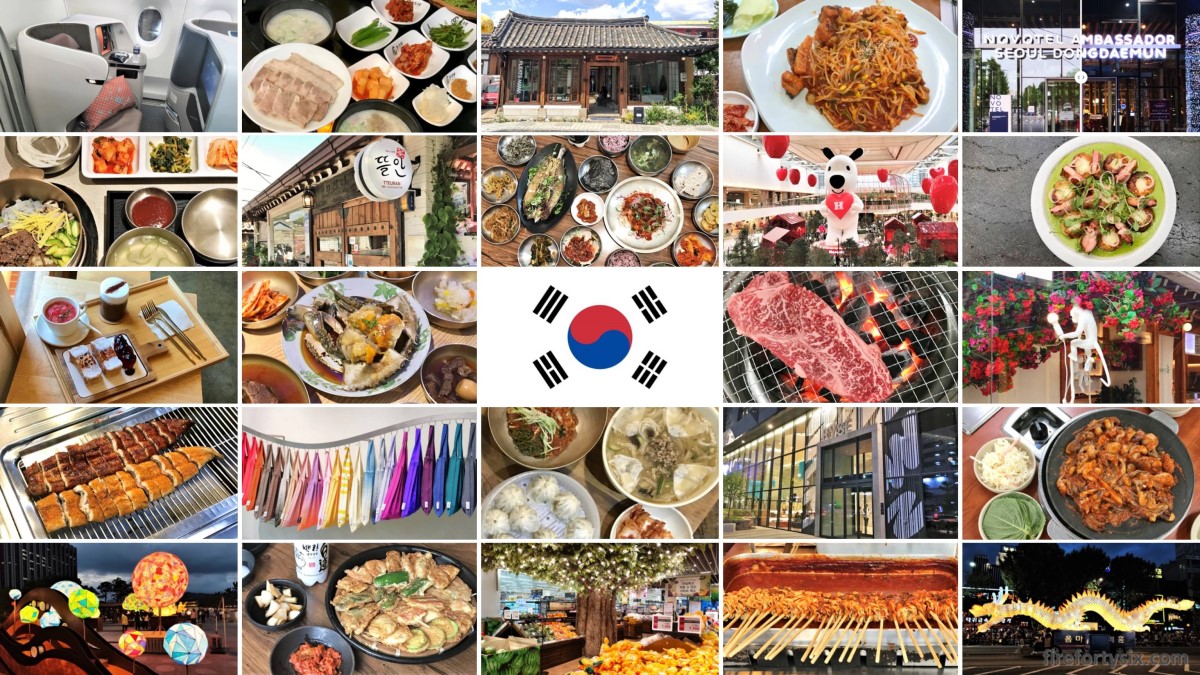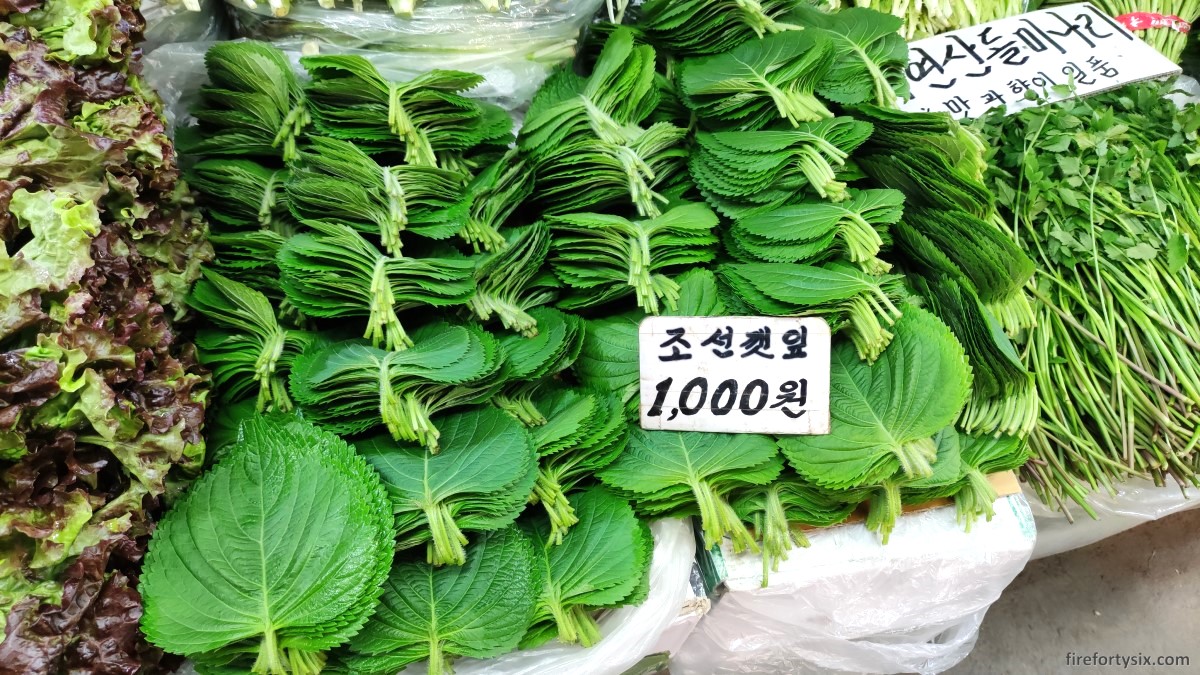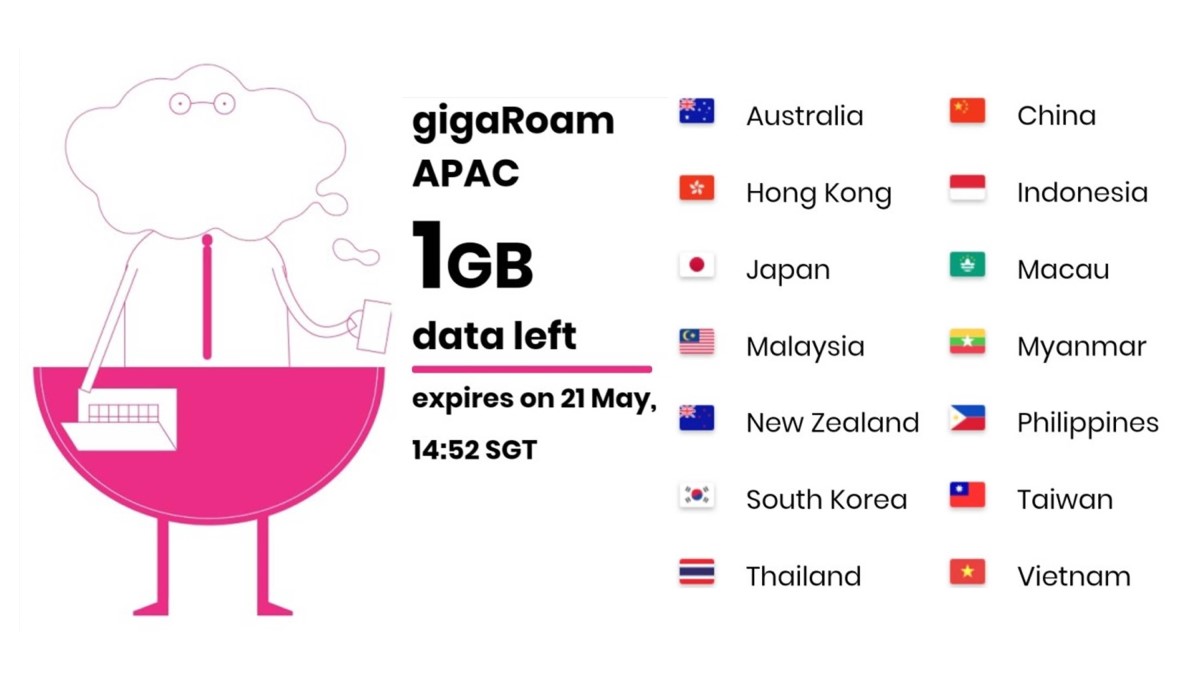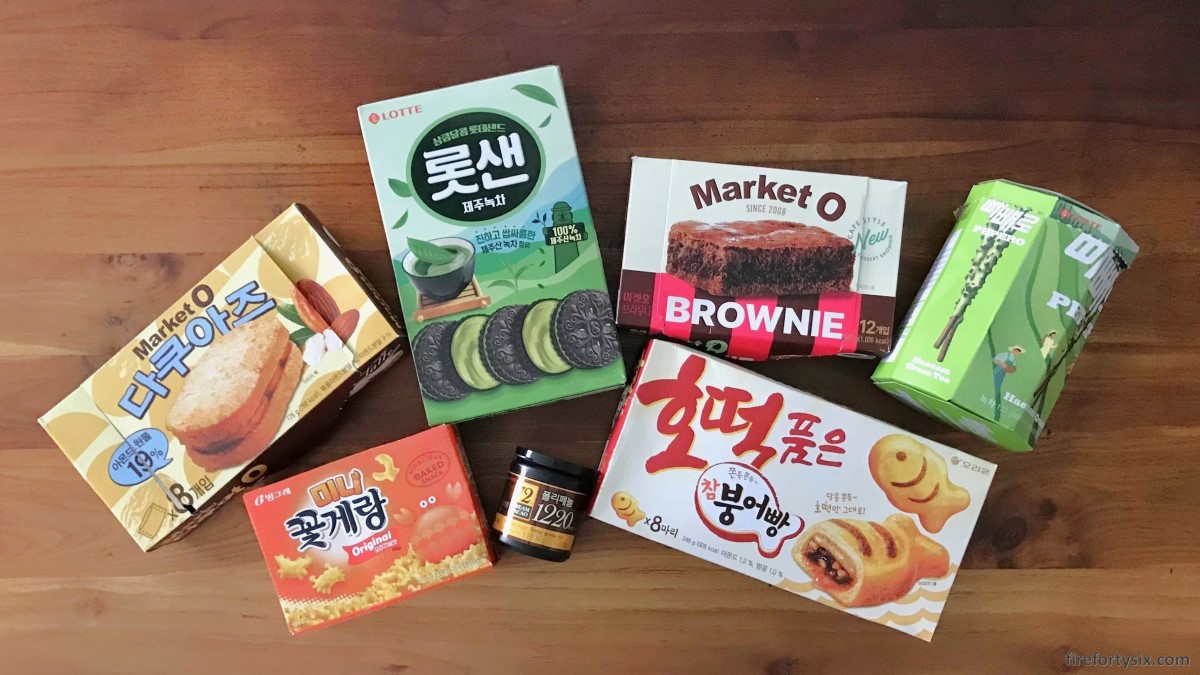Samgyetang, or ginseng chicken soup, is easily one of our favourite Korean dishes. It’s great on cold, rainy days and even better when we’re feeling under the weather.
Whenever we visit Seoul, we make it a point to have samgyetang at least once, if not twice. In our most recent itinerary, I had already penned in return visits to both Tosokchon near Gyeongbokgung station, and Jang An near City Hall station.
But before we actually made it to either of them, we walked past Baek Nyeon Baekse (백년토종삼계탕), a samgyetang restaurant that was just down the road from our hotel in Hongdae.
It sported a respectable rating of 4.27⭐/5 on Naver Maps, and since we were feeling adventurous that day, we decided to give it a try. After all, that was how we serendipitously stumbled across Jang An during our previous trip, and it turned out great.

Even though we were there well before lunchtime, it was already bustling with customers. A burly ajumma gestured us to our seats and handed us their short and sweet menu. It featured seven variations of samgyetang, together with other ginseng and chicken dishes.
Two specific items were recommended: Cultivated Ginseng Chicken Soup and Fried Ginseng. We took the restaurant at their word and ordered both, as well as the Ginseng Soup with Perilla Seeds.
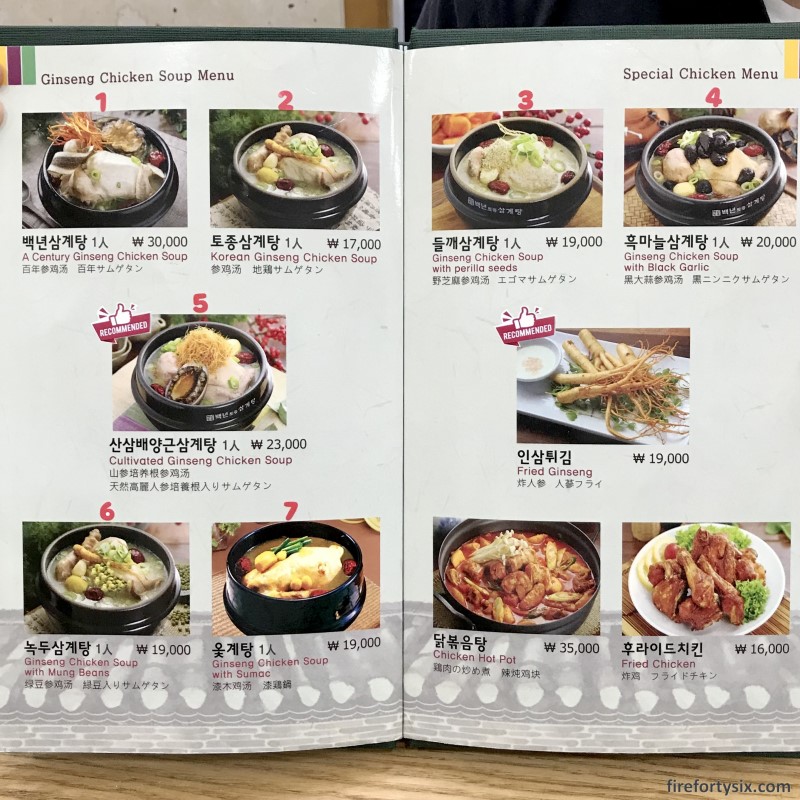
A plate of green chillies, onion slices and raw garlic was placed on our table, together with small dishes of samjang and dipping salt. A small plastic-wrapped bucket was provided, presumably for us to dispose of any chicken bones.
Two types of kimchi, cabbage and radish, were self service from communal jars covered in cling film. As were our stainless steel cutlery, which were stored in drawers in every table.
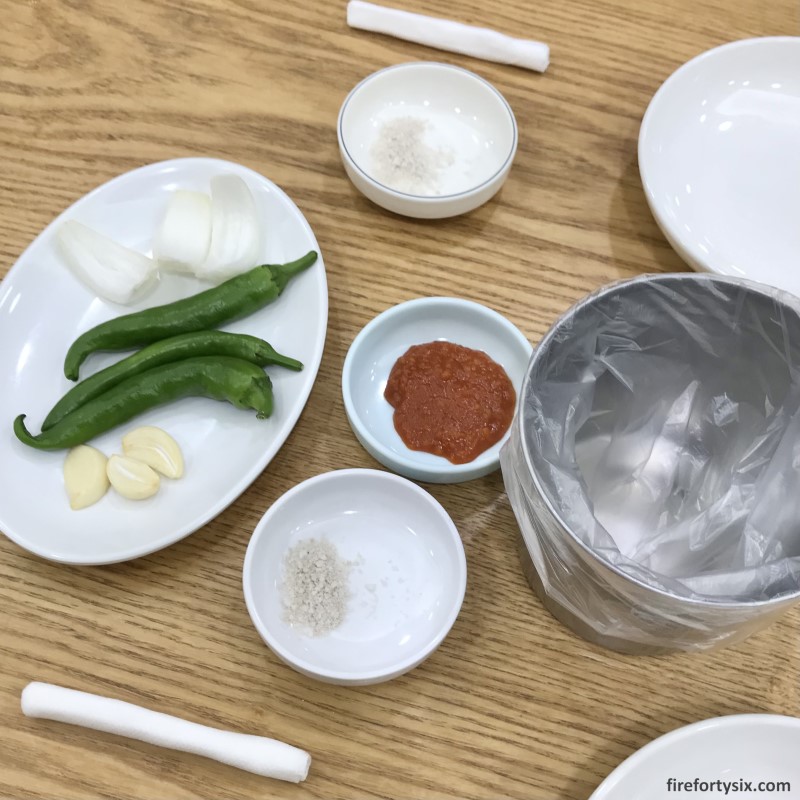
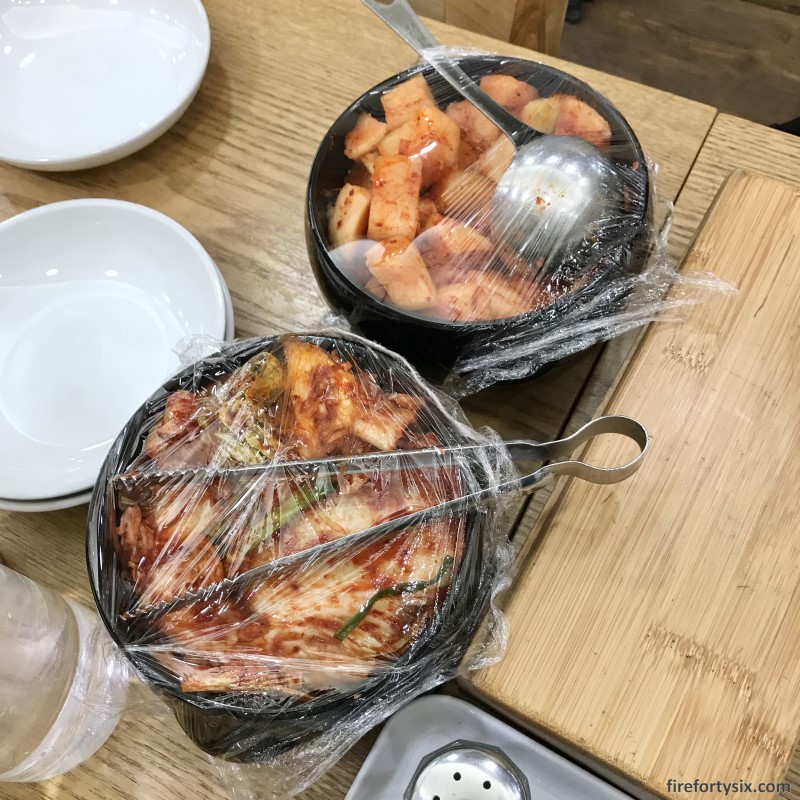
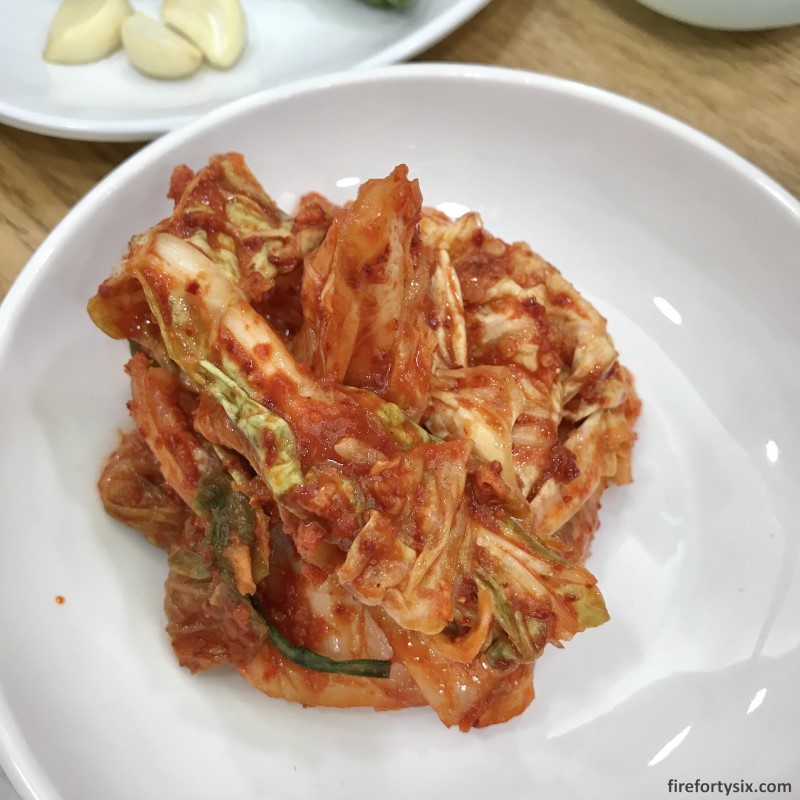
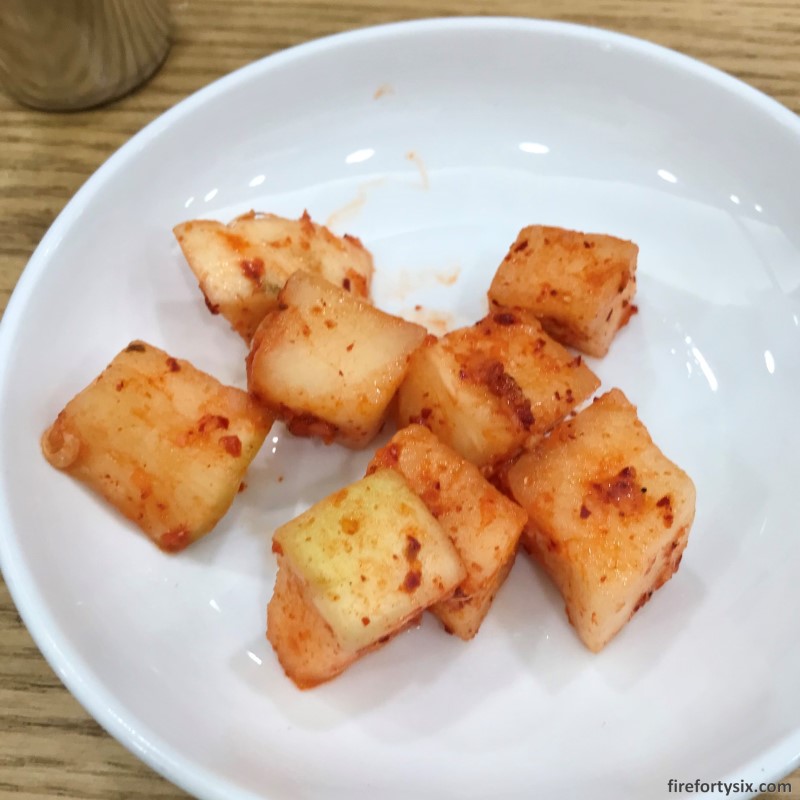
It was all very no-frills and geared towards speedy turnover. Which became evident soon after, when a huge influx of customers walked through the front door.
We were suddenly surrounded by a busload full of tourists from Thailand. They were a diverse group and consisted of hardy old folks, middle-aged parents with their young children and fashionable young adults.
Their Thai tour guide spoke Korean and seemed very familiar with the restaurant staff. She quickly seated everybody and efficiently ordered lunch.
Just as we thought that things would settle down, another busload of tourists entered, this time from China. Again, they had a Korean-speaking guide, who also quickly shepherded her entire entourage.
It was quite the party, with boisterous conversation in different languages bouncing off the walls. We didn’t mind it actually, and found it quite entertaining, as it added to the atmosphere in the casual eatery.
Stone bowls of bubbling hot samgyetang left the kitchen in a continuous wave, and made their way to our tables. Unsurprisingly, everyone was served the same item, since it was the signature item of the restaurant.
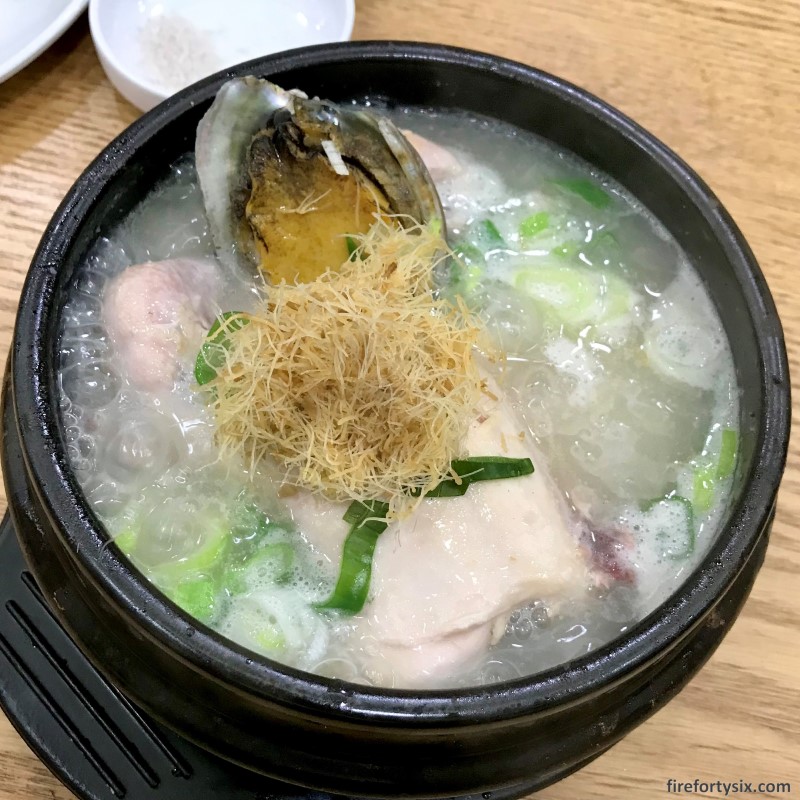
The garnish of finely-shredded ginseng was a nice touch, emphasising the key ingredient used to make the soup. Adding to the perceived fanciness was the whole abalone, served on its half shell.
In most Asian cuisine, abalone is considered a delicacy. Seeing an entire piece, and not a small one at that, definitely raised the allure of the dish.
The soup itself was rich and heartwarming, with a thick mouthfeel imparted from the hours and hours of simmering. Like many healthy soups in Korea, seasoning was kept to a minimum to allow the natural flavours to shine through. And shine through they did.
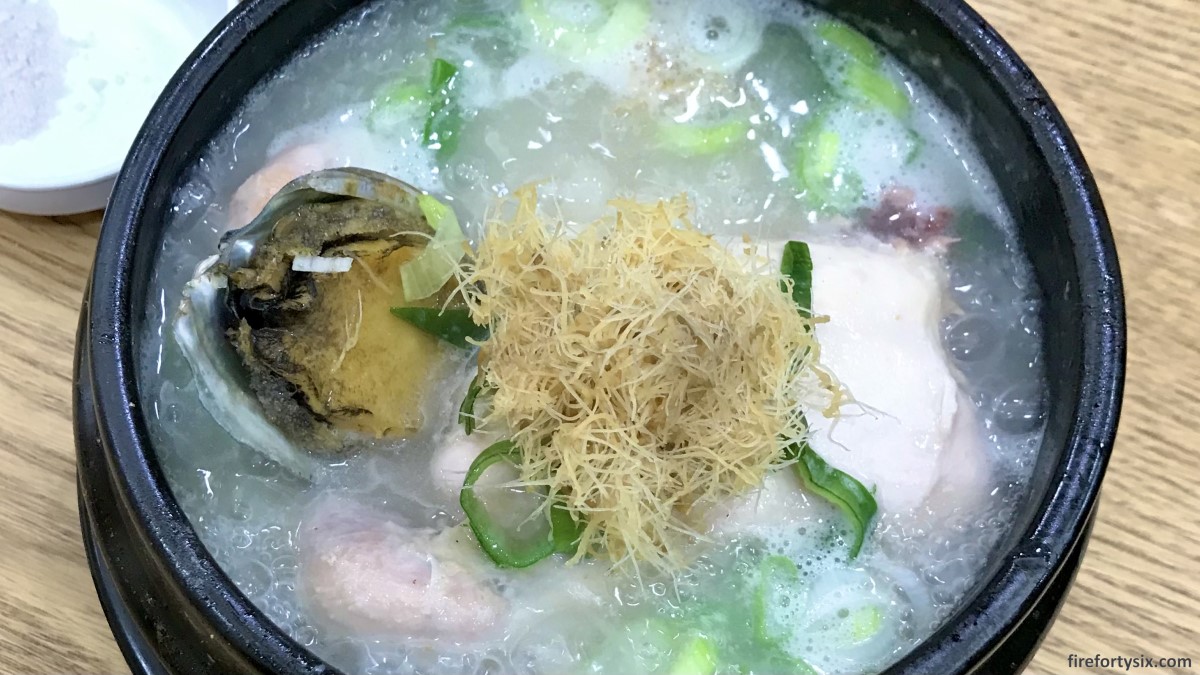
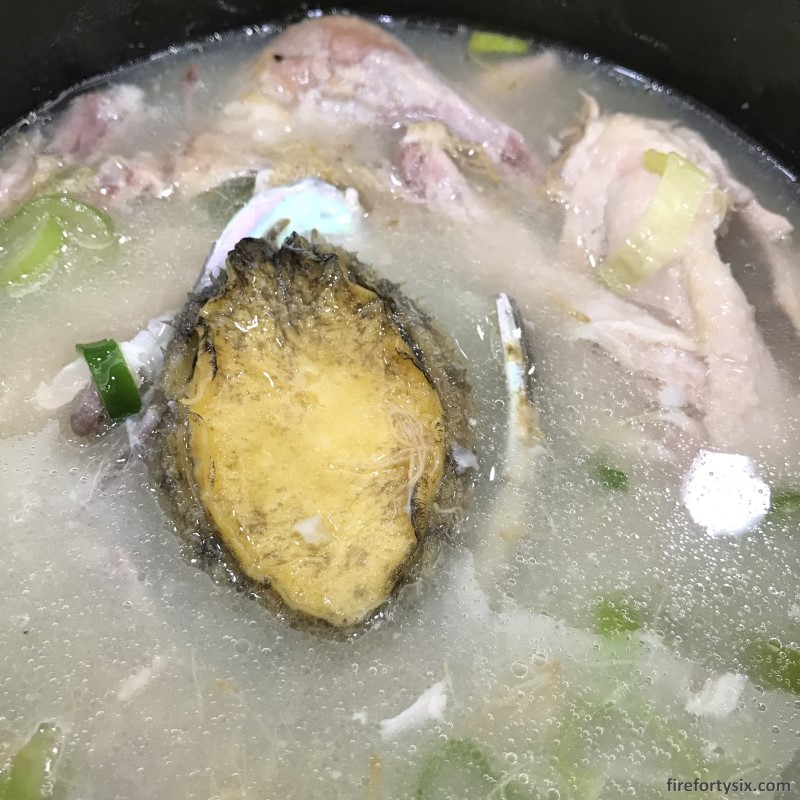
Each bowl included an entire chicken stuffed with glutinous rice, with meat that was fall-off-the-bone tender. It was a perfect one-pot meal ideal for elderly folks with fragile teeth.
In case you’re wondering, yes, that includes us.
When our fried ginseng arrived, we were surprised at the portion size. It was much more substantial that what the photo in the menu had suggested. A side of syrupy sweet sauce was served on the side, which I assumed was oligosaccharide, a common sweetener in Korea.

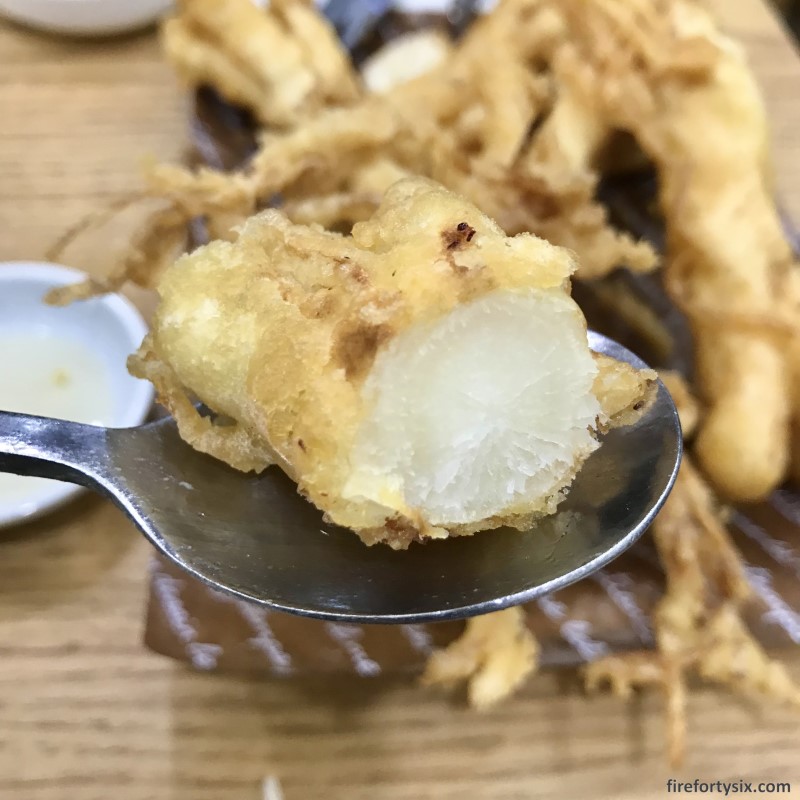
When I took the first bite, it was not at what I expected. Instead of the characteristic woody ginseng taste, it was fresh and light, almost like burdock but softer and less earthy. It was quite fun to munch on, and definitely worth trying at least once.
Our other bowl of samgyetang, the one with perilla seeds, was also a new experience for us. Instead of clear broth, it was cloudy and opaque. Heaps of perilla seed powder must have been dumped into the soup, giving it a creamy texture and a nutty, earthy flavour profile.
We had mistakenly assumed that it would taste like perilla leaf i.e. kkaennip (깻잎), but it was nowhere close. The Wife became instantly obsessed with it and embarked on a mission to hunt down deulkkaegaru (들깨가루). Two big packets were acquired, courtesy of Lotte Mart.
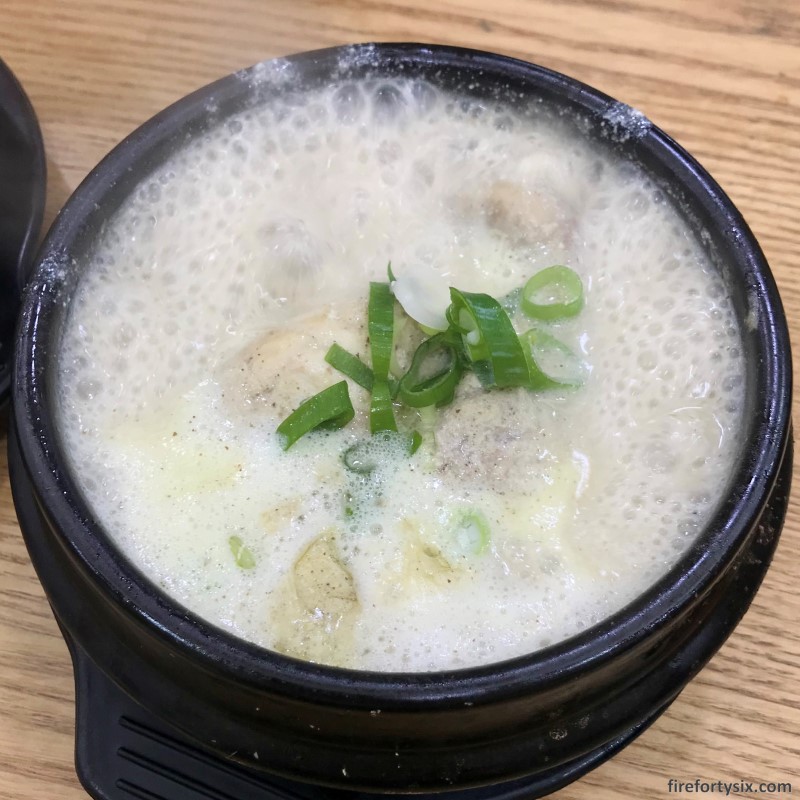
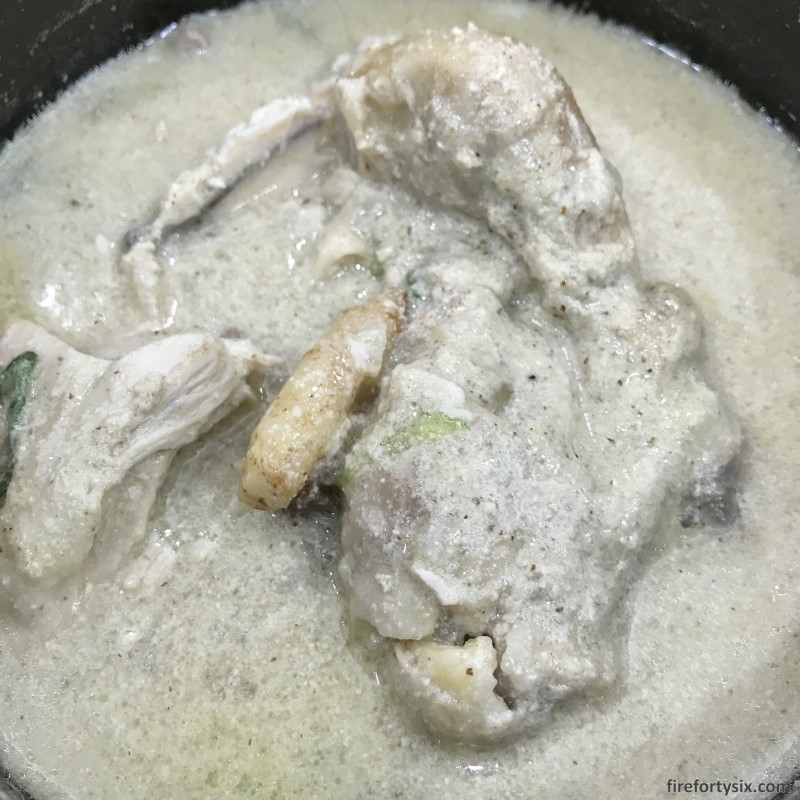
When we stepped out of Baek Nyeon Baekse, we knew that on our next visit to Seoul, a return visit to our newly-crowned #1 samgyetang restaurant was a given.
The perilla seed samgyetang would be a definite repeat order, and we’d maybe try the most expensive “Century Ginseng Chicken Soup” but will probably skip the fried ginseng.
Which means that the former champion, Jang An (장안삼계탕), has been pushed down to the #2 spot.
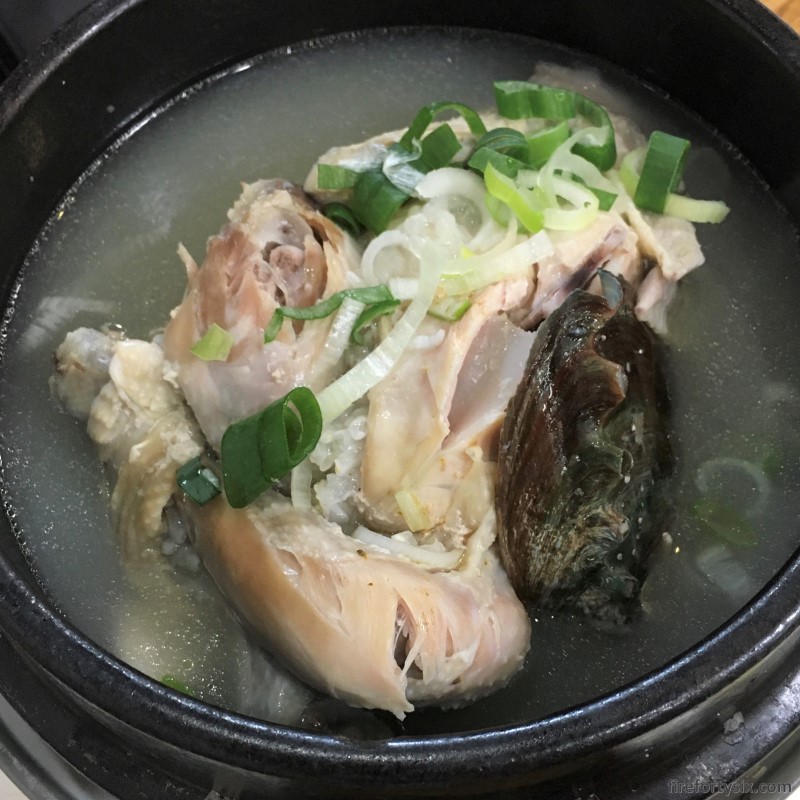
Resulting in a knock-on effect of relegating Tosokchon (토속촌 삼계탕), a popular choice among tourists, down to #3.
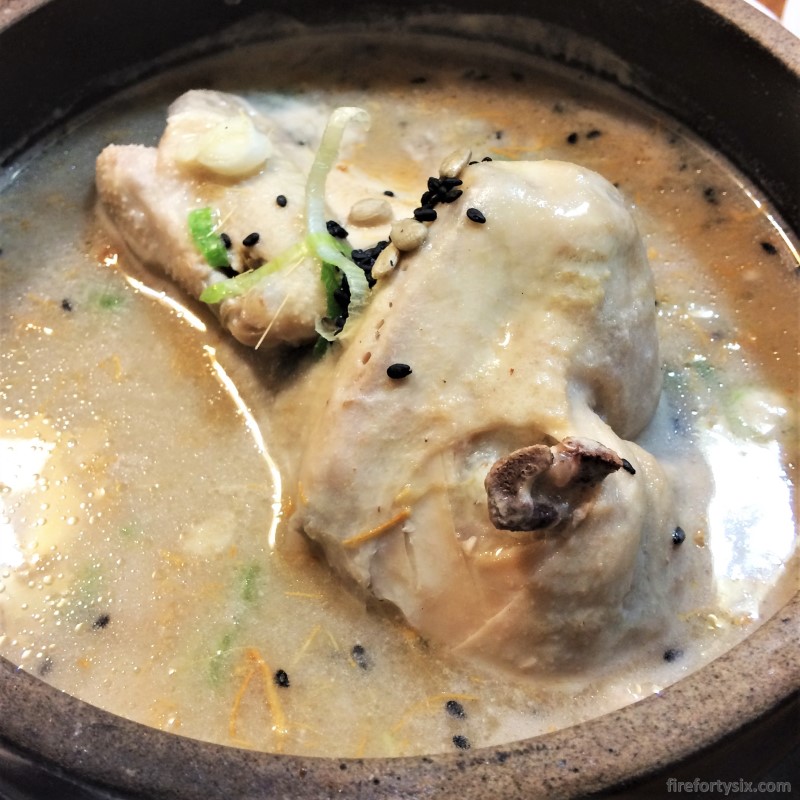
And until our next flight to Seoul is booked, whenever the craving for samgyetang strikes us, there’s always Jang Won in Singapore.
